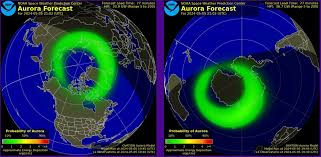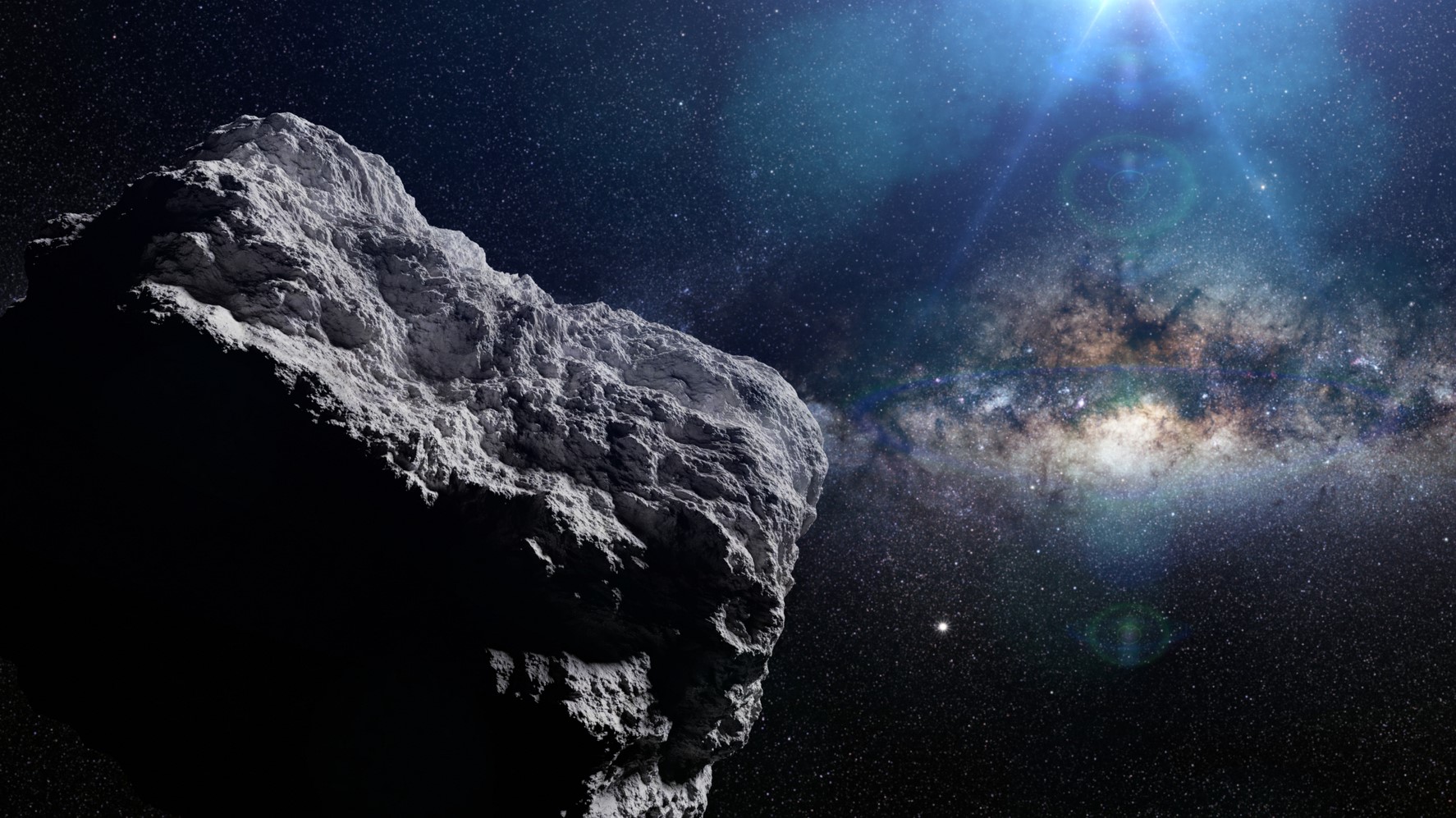The sun, our nearest star, is far from static. It’s a dynamic celestial body that constantly undergoes a series of energetic events known as solar activity. These events, driven by the sun’s magnetic field, can have profound impacts on Earth and the entire solar system.
Key Solar Activities
- Sunspots: These are dark, cooler regions on the sun’s surface that appear as blemishes when viewed through a telescope. They are caused by intense magnetic activity.
- Solar Flares: These are sudden, intense bursts of energy released from the sun’s atmosphere. They can produce electromagnetic radiation across the spectrum, from radio waves to X-rays.
- Coronal Mass Ejections (CMEs): These are massive clouds of plasma and magnetic field lines ejected from the sun’s outer atmosphere, the corona. They can travel through space at millions of miles per hour.
Impacts on Earth
Solar activity can have significant effects on Earth, including:
- Space Weather: CMEs can disrupt satellites, communication systems, and power grids.
- Auroras: When charged particles from solar storms interact with Earth’s atmosphere, they can produce stunning displays of light known as auroras.
- Climate: While the sun’s overall energy output is relatively stable, fluctuations in solar activity can contribute to long-term climate variations.
Monitoring Solar Activity
Scientists closely monitor solar activity to predict and mitigate its potential impacts. Solar observatories, such as the Solar Dynamics Observatory (SDO) and the Parker Solar Probe, provide crucial data on the sun’s behavior.
Would you like to learn more about a specific aspect of solar activity, such as its causes, its effects on technology, or how scientists predict solar storms?



